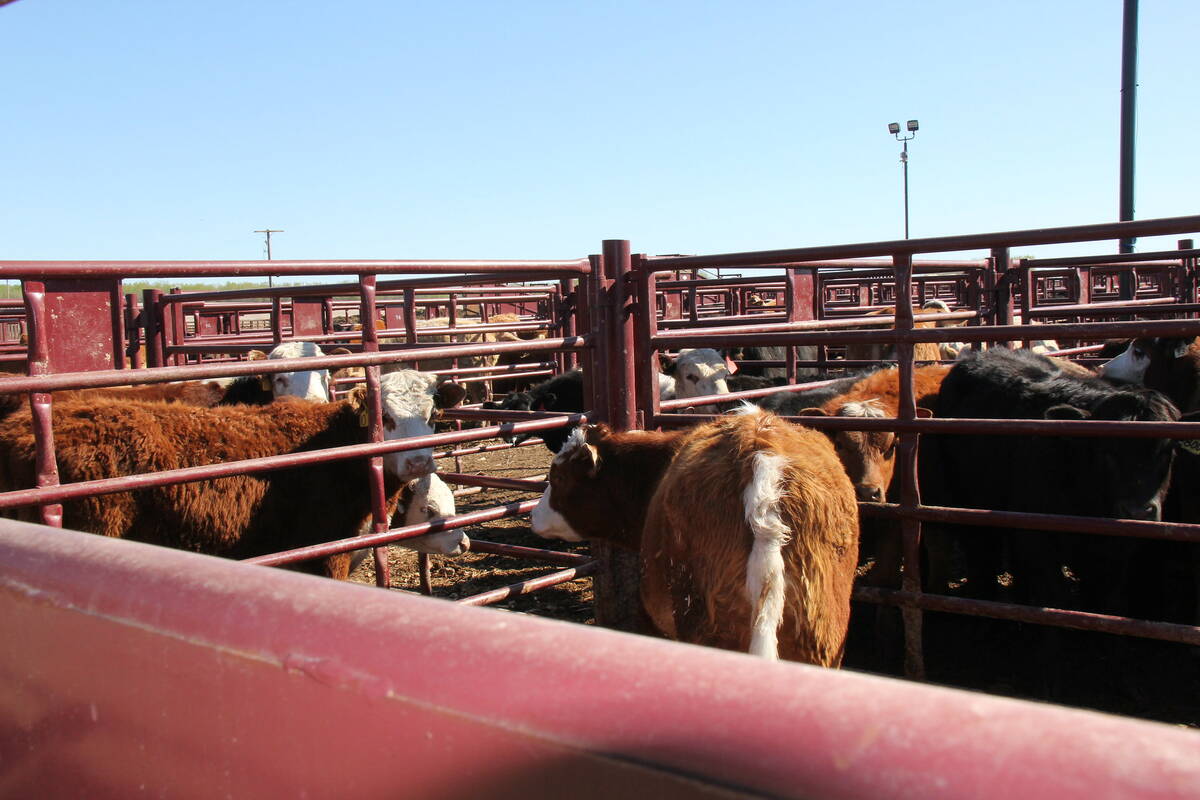CLAY CENTER, Neb. — A genetic project involving more than 2,000 bulls hopes to build a massive database to predict economically valuable traits for the beef industry.
The goal is to demonstrate the feasibility and challenges of applying whole genome selection to cattle.
“It has been really hard to know whether we have achieved that or not,” said Mark Thallman, a researcher with the U.S. Department of Agriculture’s Meat Animal Research Center at Clay Center, Nebraska.
The project is part of a weight trait study started in 2009, which is an integrated program combining research and extension work. It involves the seven largest beef breeds in the United States: Simmental, Gelbvieh, Limousin, Red Angus, Angus, Charolais and Hereford.
Read Also

Livestock movement scanner looks for proving ground
The Canadian Cattle Identification Agency (CCIA) will test new technology intended to simplify the recording of animal movements, linked to proposed federal livestock traceability regulations.
DNA samples were collected from 3,500 bull calves and their dams in 2009 for specific traits such as early growth and weight.
Researchers are adding more bulls to the database.
“It will allow our predictions to be more breed specific,” Thallman said.
They scan bulls’ DNA for existing traits, which is called training, and then collect DNA from progeny to validate their assumptions about the presence of various traits.
“We know that we need to have a validation population in order to determine whether or not our training was successful,” he said
Genetic correlation is not as high as researchers had hoped, so further study is needed.
“We need to get this right and it is not as easy to do as it seems it should be,” he said.
Most of the work has been done with proven bulls used for artificial insemination, but some breeds may not have enough available sires to get a good read. Researchers also know a DNA test will not improve predictions on well proven artificial insemination bulls, but it could sort out their sons and grandsons.
“This is where the real application lies,” said Thallman.
Much of the study is aimed at finding more valuable traits, such as feed efficiency, to determine which animals grow well with less feed.
Researchers also plan to genotype females and follow them through production in a herd to look at the relationship between fertility and feed efficiency.
The study is expected to expand as researchers develop better methodology and gain more knowledge about the correlation of multiple genes.
This information will be added to findings expected from a recently approved $5 million project, in which a large number of animals will be genotyped to generate cross breed molecular expected progeny differences for feed efficiency, feed intake, growth and carcass traits.
For more information, visit www.beefefficiency.org.















